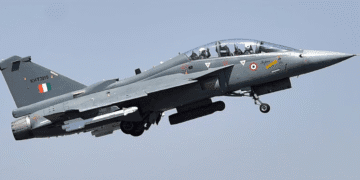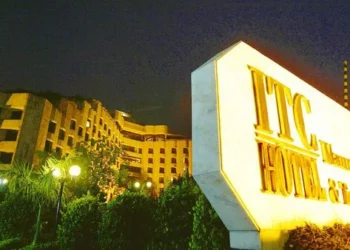Srotaswini Mohapatra
Pune, 29 May 2025
India is fast emerging as a formidable player in the global arms industry, with a surge in indigenous defense production, strategic export deals, and a rapidly modernizing military-industrial ecosystem. Once largely dependent on foreign suppliers, the country is now being recognized as a top arms competitor on the global stage—a shift driven by government policy, technological innovation, and growing geopolitical relevance.
Strategic policy push: ‘Make in India’ for defence
The Indian government’s “Make in India” initiative, particularly in the defense sector, has laid the foundation for this transformation. Over the past few years, New Delhi has aggressively pursued self-reliance in defense manufacturing. The Defense Acquisition Procedure (DAP) has been restructured to favor domestic firms, while Foreign Direct Investment (FDI) limits in the sector have been raised to attract global collaboration and technology transfers.
The establishment of defense corridors in Uttar Pradesh and Tamil Nadu, alongside tax and regulatory incentives, has helped create a robust ecosystem for private and public defense manufacturing.
Rise of indigenous platforms
India’s state-run and private defense manufacturers have made significant progress in developing advanced military platforms. Notable successes include:
LCA Tejas – India’s indigenously developed light combat aircraft, now attracting international interest from countries like Argentina and the Philippines.
Arjun and T-90 Tanks – Manufactured by DRDO and in collaboration with Russia, India is now considering export opportunities.
BrahMos Missiles – A joint venture with Russia, BrahMos has become a key export asset, with deals inked with the Philippines and interest from other Southeast Asian and Middle Eastern countries.
UAVs and Drones – Indian startups and defense firms are innovating in the unmanned systems space, with drones designed for both combat and surveillance operations.
Export growth and global deals
India’s arms exports have increased over 10-fold in the past decade. According to the Stockholm International Peace Research Institute (SIPRI), India is now among the top 25 arms exporters globally. With deals signed or under negotiation with countries in Southeast Asia, Africa, and Latin America, India is positioning itself as a reliable defense partner, especially for nations looking for affordable alternatives to Western or Chinese equipment.
Skilled workforce and tech talent
India’s burgeoning tech sector is also playing a role in its defense ascent. With one of the world’s largest pools of STEM graduates and a growing number of defense-tech startups, India is developing advanced capabilities in AI, cybersecurity, drone technology, and battlefield automation.
Geopolitical relevance and strategic alignment
India’s growing stature on the world stage—bolstered by its role in the Quad alliance, BRICS, and its strategic location in the Indo-Pacific—makes it a natural defense partner for many countries. As tensions with China and regional instability persist, many nations view a militarily stronger India as a counterbalance and a potential arms supplier aligned with democratic values and multilateral cooperation.
A future arms power
India’s ascent in the arms industry is not just about manufacturing weapons—it’s about transforming its defense ecosystem to meet both national and international needs. With a clear policy direction, global collaborations, and increasing technological sophistication, the world is rightfully beginning to see India not only as a major defense consumer but as a top arms competitor in the years to come.





















